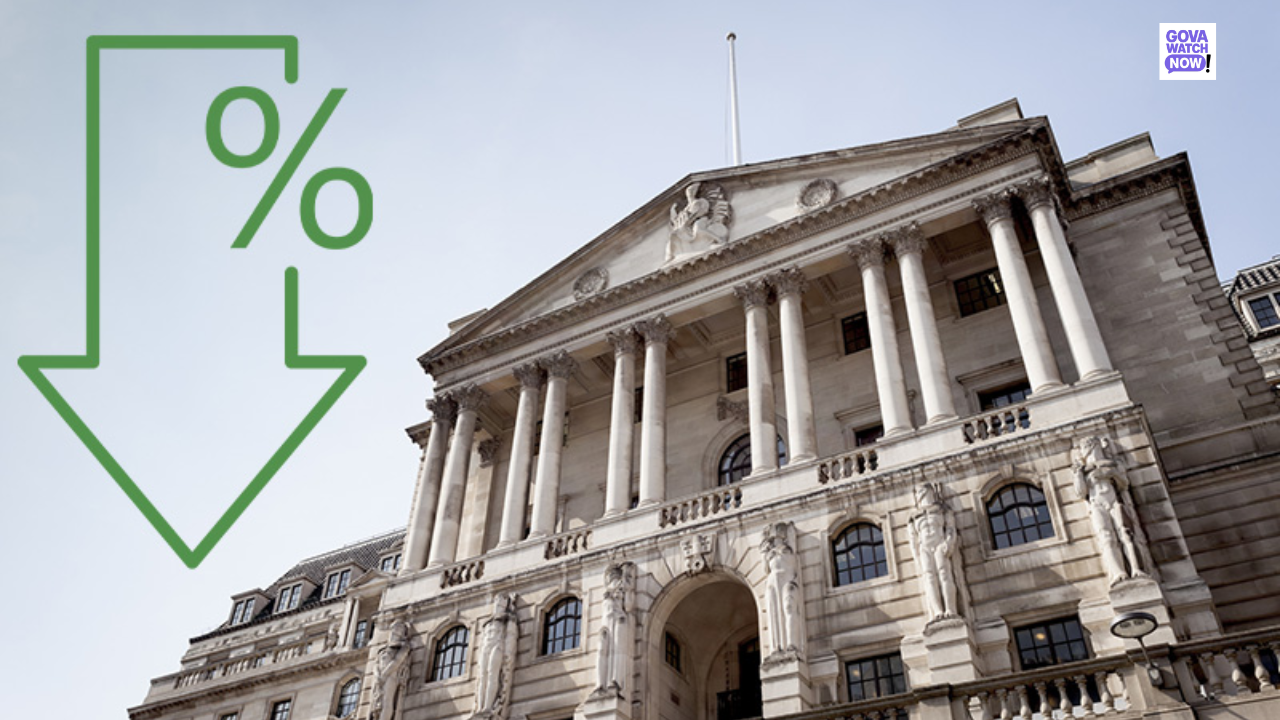The Bank of England is expected to hold its key interest rate at 4.25% following its latest policy meeting, choosing to take a cautious pause amid ongoing concerns about inflation and global instability. This decision comes despite earlier momentum toward rate cuts and reflects the balancing act the Bank faces between supporting economic growth and keeping inflation under control.
Inflation has been easing gradually in recent months, with May’s consumer prices index falling slightly to 3.4%, still well above the Bank’s 2% target. While many hoped this downward trend might open the door for a rate cut, the Bank appears wary of moving too quickly. One major concern is the recent surge in oil prices, driven in part by tensions in the Middle East, particularly between Israel and Iran. With energy costs feeding into broader inflation, policymakers are reluctant to fuel further price rises by making borrowing cheaper too soon.
At the same time, the UK economy has shown signs of weakness. April’s GDP figures revealed a 0.3% contraction, the sharpest monthly decline in nearly a year. Economists link this slump to the end of temporary homebuyer tax relief and mounting pressures on exporters, especially as U.S. tariffs and global supply chain issues continue to bite. With such fragile growth, some analysts believe the Bank risks slowing the economy further if it keeps rates high for too long.
Still, the message from Bank officials is clear: they are committed to a “data-driven” approach. Future rate changes will depend on how inflation evolves, whether wage growth slows, and how external risks, like geopolitical conflicts and trade tensions, play out. The consensus now suggests the Bank may not act on rate cuts until August at the earliest.
For borrowers and mortgage holders, the pause means continued pressure. Those on tracker or variable-rate mortgages will continue to face higher repayments, though some relief may come later in the year if cuts resume. For savers, meanwhile, deposit rates are likely to remain attractive in the short term, though they could dip as the outlook softens.
Overall, the Bank’s decision to hold at 4.25% reflects the complexity of the current economic environment, one where inflation is still too high, growth is too weak, and risks are too many. By pressing pause, the Bank is buying itself time to read the signals more clearly before taking its next step.




